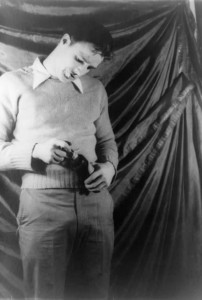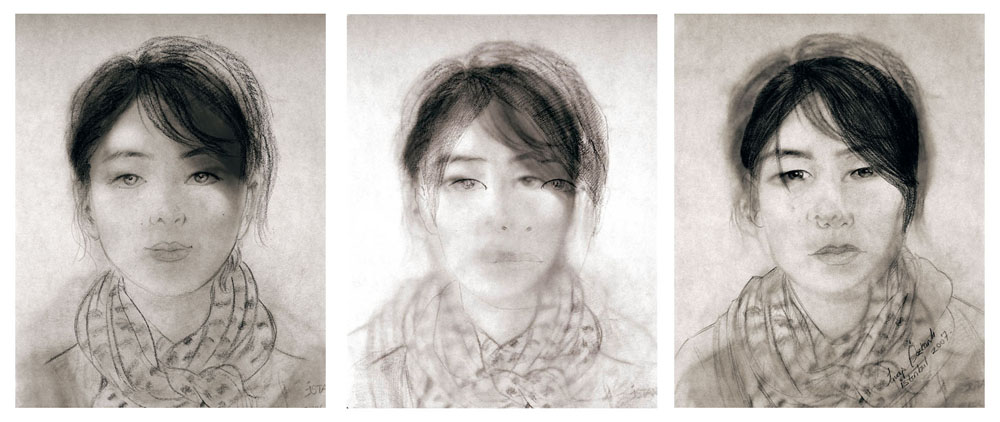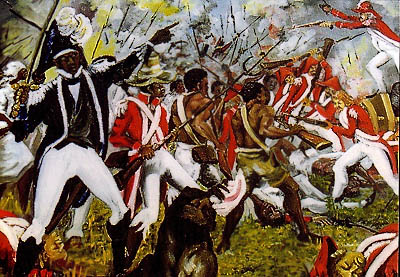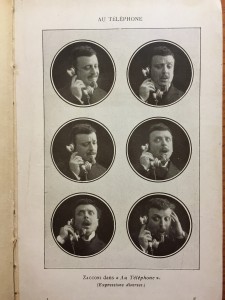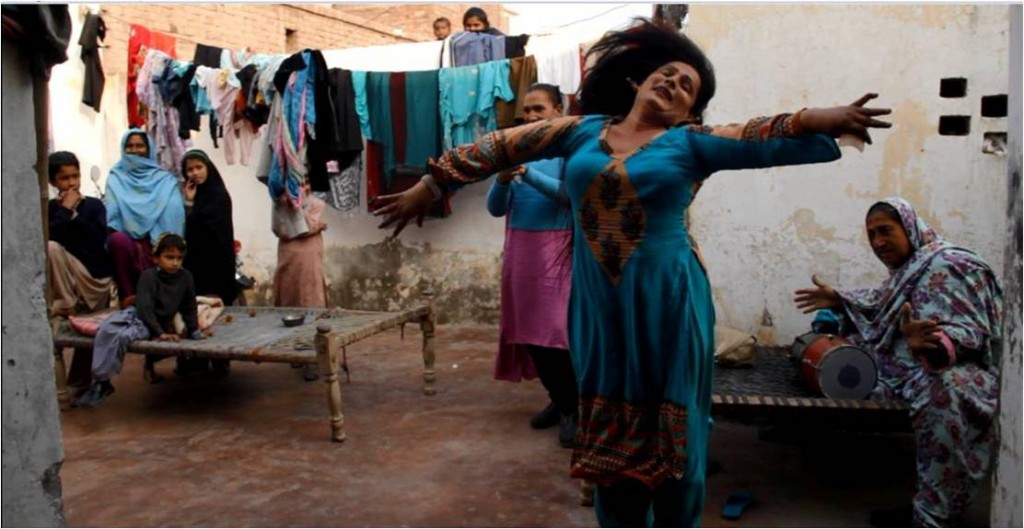Baroque Relations:
Performance and Extractivism in Circum-Atlantic Worlds, 1626
“Baroque Relations” investigates precious metals associated with Andean mining in the archives of early modern ballets in France. Identifying events and tropes of Inca protest within early French ballet, this study situates dances in an Atlantic world vortex, drawing the ‘parts of the world’ into international political disputes, extractivism, and scenes of Indigenous and African slavery. The work invokes a ‘performative commons’ (Maddock Dillon) of an early baroque-era, addressing global circulations of metals through proto-industrial mining, trade, and ecology as well as performance in the early modern Anthropocene. This talk is based on a chapter from my current book project, expanding my research on performance and aesthetics of emergent sites of global trade and capital. Another essay on these sources is forthcoming in a collected volume edited by Mark Franko, with Oxford University Press.
VK Preston is a visiting assistant professor of Theatre Arts and Performance Studies at Brown University. She pursues contemporary as well as historical research, writing on the witches’ Sabbath in the early modern Atlantic World, Franco-Indigenous North American and Caribbean intercultures pre-1800 and in contemporary performance, early ballet, transmedia, choreography, and queer theory. She has published essays in The Oxford Handbook of Dance and Theatre, TDR / The Drama Review, TheatreForum, and History, Memory, Performance. As guest editor for Canadian Theatre Review she has also ‘Views and Reviews’ on curating performance. She teaches contemporary political and engaged performance, performance historiography (1500-1850), and performance studies. VK comes to performance research with an interdisciplinary background in practice, and she teaches Laban-based movement research and interdisciplinary performance fundamentals.

